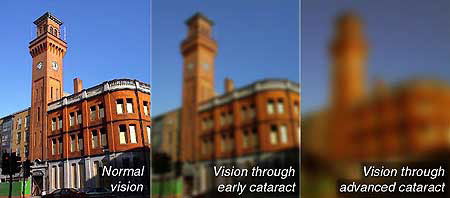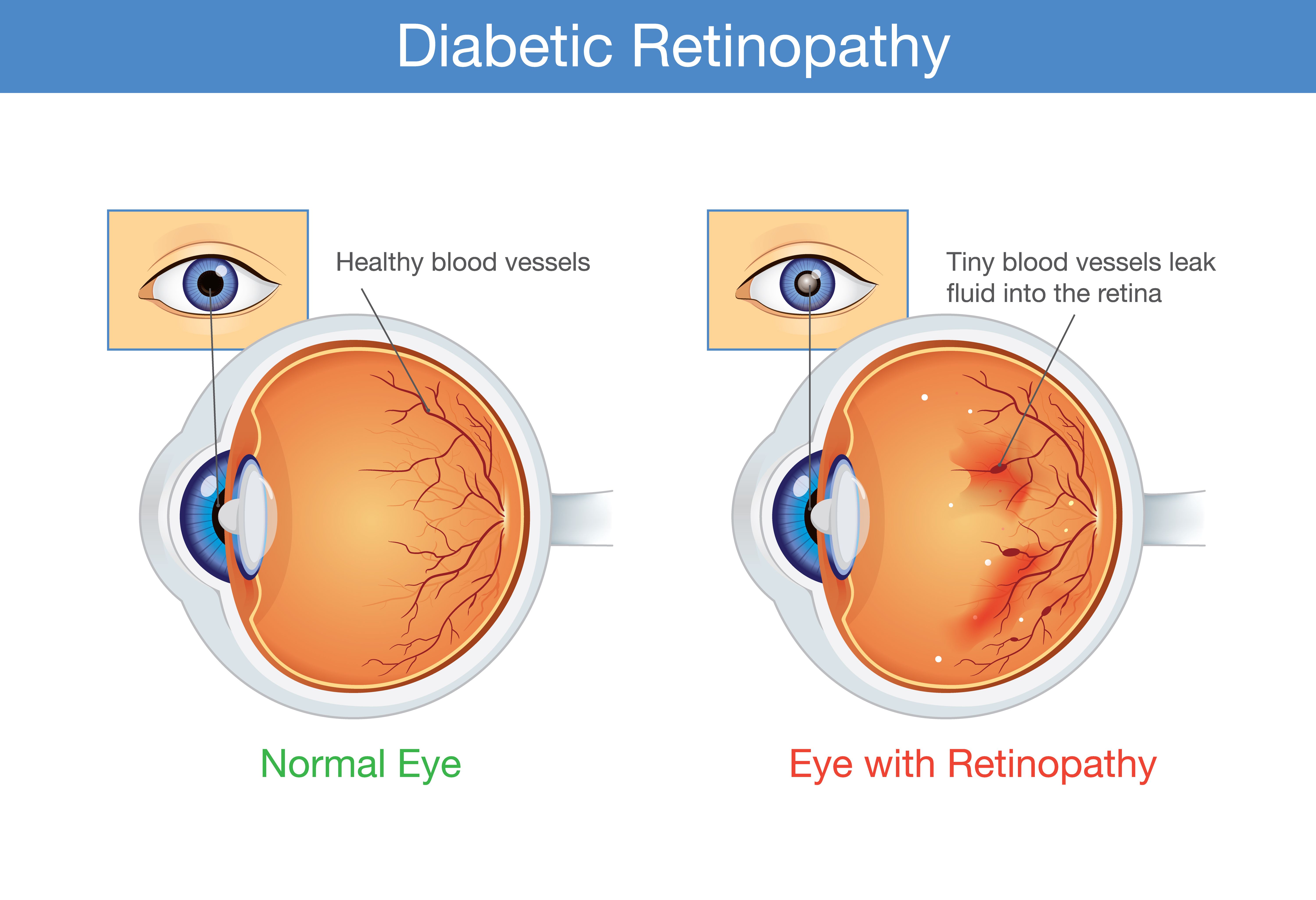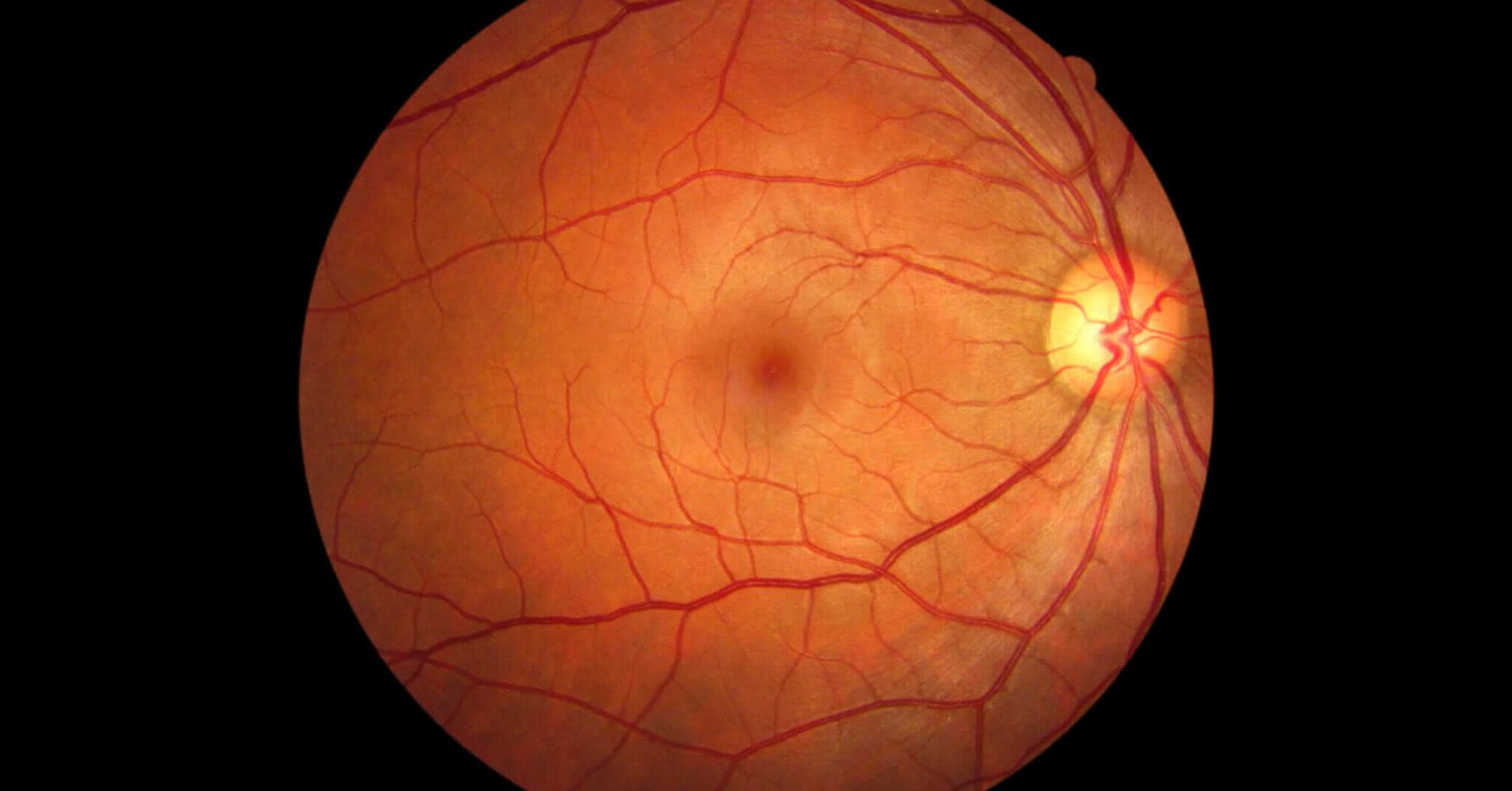

Peripheral vision loss can develop gradually or suddenly. We hope that by walking through the symptoms, causes and treatment options, you’ll begin to feel a little more comfortable with the condition and seek the treatment you need sooner rather than later. Some causes are underlying medical conditions such as migraines while others cause PVL to come on suddenly due to injury or illness. Here, our trusted eye doctors in Grand Junction have put together several causes to help you learn more about this debilitating vision challenge.

There are many potential causes for PVL, also referred to as tunnel vision. Cataracts are very treatable and cataract surgery is the most frequently performed surgery in the country.Ĭontact Associated Retina Consultants at 60 or to schedule an appointment with one of our doctors today.At ICON Eyecare Grand Junction, we treat several serious eye conditions, including peripheral vision loss. If you are experiencing any signs or symptoms of cataracts, it is important to schedule an appointment with your eye doctor as soon as possible. This then leads to cataract formation or vision loss.
Vision loss normal lens normal retina free#
Metabolism of this element produces free radicals which may lead to chunking together of proteins in the eye. Heavy drinking induces microsomal enzyme cytochrome in the liver. The toxins from cigarette smoke cause oxidation in cells, including those in the eye lens.Įxcessive Alcohol Consumption – Studies have shown that high alcohol consumption significantly increases the risk of cataracts. Smoking – Experts suggest that smokers have higher chances of forming cataracts than non-smokers. Aside from cataracts, HBP may also lead to age-related macular degeneration and glaucoma. High Blood Pressure – High blood pressure (HBP) is known to cause elevated inflammation which may result in cataracts. These congenital cataracts can develop for a number of different reasons, including inherited tendencies, infection (such as measles or rubella), metabolic problems, diabetes, trauma, inflammation or drug reactions. This sugar alcohol can affect both cells and protein and may eventually result in cataracts.Ĭongenital Cataract – While cataracts are normally associated with the aging process, there are instances of cataracts in newborns. Likewise, the lens inside the eye has an enzyme that converts glucose into sorbitol. This can lead to swelling, simultaneously affecting vision.
Vision loss normal lens normal retina full#
A person who suffers from diabetes will not have full control of their glucose levels which may result in high levels of sugar in the aqueous humor. The aqueous humor provides nutrients to our eye’s lens, including oxygen and glucose.

A traumatic cataract can develop even years after these types of eye injuries.ĭiabetes – People with diabetes are 60% more likely to develop cataracts. Traumatic Cataract – Another common cause of cataracts is trauma: blunt or penetrating ocular trauma, electric shock, chemical burns or ionizing radiation. The process involves removing the natural lens of the eyes then replacing it with an intraocular lens. The good news is the condition is usually treatable through cataract surgery. It may grow over time and cause partial or complete vision loss. As we grow older, some of the protein may form chunks and cloud a certain area of the eye’s lens. There are several reasons why a cataract may form including:Īging – The eyes mainly consist of water and protein. These clumps, or deposits, prevent light from passing clearly through the lens, thus disrupting normal vision. A cataract occurs when there is a buildup of proteins in the lens, creating protein clumps. A cataract is a common condition in which a normally clear eye lens becomes cloudy, causing blurry vision similar to looking through a foggy window.


 0 kommentar(er)
0 kommentar(er)
